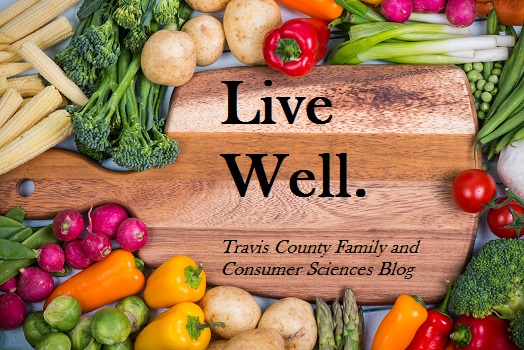By: Amanda Schroeder
B vitamins have gotten a lot of attention in the media lately, particularly B12. (You just can’t avoid hearing about it!) I’m sure you’ve heard about folate, as well, but did you know that it’s a B vitamin, too? Well, it is! (B9, to be exact.) The term folate is used to describe both the folate found naturally in foods and folic acid, which is a manipulated version of folate used in dietary supplements and for the fortification of certain foods. This essential B vitamin has many growth-related functions. For starters, it works as part of a team that creates DNA and RNA in your cells. In the process of DNA and RNA synthesis, it is also able to alter other key molecules in a way that promotes healthy cell division. But, of course, that’s not all. Folate also plays an essential role in the formation of both white and red blood cells found in your bone marrow. We wouldn’t survive without it!
True folate deficiency in the United States is rare, since it is found in many foods and we are so lucky to have an adequate food supply. In addition, many foods, like breakfast cereals, are fortified with folic acid to help us reach necessary levels. (Even though true deficiency is rare, many of us only barely consume what we need.) Falling too far below the recommendations can lead to a condition called megaloblastic anemia, which causes large, abnormal red blood cells and is characterized by feelings of fatigue, irritability, headache, trouble focusing, heart palpitations, and shortness of breath. In addition, deficiency can result in sores on the tongue or in the mouth, and it has the ability to affect the color of the skin, fingernails, and hair. Deficiency can also have especially negative effects on unborn babies. Pregnant women who are not getting enough folate have a much higher risk of a preterm delivery and giving birth to an infant with neural tube defects, low birth weight, or fetal growth retardation. So, who is the most susceptible to low levels of folate? Those who suffer from chronic alcoholism or malabsorptive disorders are more likely to struggle with folate inadequacy. Women of childbearing age and pregnant women should also pay very close attention to their folate intake. Since it functions to create genetic material and promote cell division, a woman’s recommended intake increases dramatically when a fetus is developing inside of her. Much of us only consume enough to just barely provide the benefits we require. If a woman falls into this category, she will surely become deficient if she is to become pregnant, as her body will fulfill the folate needs of the fetus before those of herself. The high intake requirements associated with pregnancy are often hard to reach through diet alone, so some recommend that all women of child bearing age should supplement with folic acid.
Is it possible to have too much folate? Yes and no. The folate that is found in foods naturally has not been found to cause adverse reactions in cases of excess. So, feel free to eat as much as you want without fear. The folic acid found in fortified foods or supplements, on the other hand, should be monitored by a health care professional. Especially large doses of folic acid could increase the risk of certain cancers, particularly colorectal cancer. These elevated doses could also mask a vitamin B12 deficiency, which can result in irreversible damage to the nerves, brain, and spinal cord. Scary! As we keep learning, foods the come from the earth are much healthier and safer than even the highest quality dietary supplements.
Since folate is a B vitamin, it is water-soluble. This means that it dissolves in water and is able to be excreted in the urine, so you need to consume it every day to maintain healthy levels in your body. It is easy to find in foods, including dark green, leafy vegetables, fruits, beans, dairy products, nuts, peas, eggs, poultry, and grains. It really is everywhere! Asparagus, black-eyed peas, broccoli, and Brussels sprouts all have especially high levels of folate. Folate is stored in your body mainly in your liver, so beef liver is also a good source of this vitamin. So, how much should you be consuming? Take a look at this table for the specific requirements based on your age and gender.
| Recommended Dietary Allowances (RDAs) for Folate | ||||
| Age | Male | Female | Pregnant | Lactating |
| Birth to 6 months* | 65 mcg DFE* | 65 mcg DFE* | ||
| 7–12 months* | 80 mcg DFE* | 80 mcg DFE* | ||
| 1–3 years | 150 mcg DFE | 150 mcg DFE | ||
| 4–8 years | 200 mcg DFE | 200 mcg DFE | ||
| 9–13 years | 300 mcg DFE | 300 mcg DFE | ||
| 14–18 years | 400 mcg DFE | 400 mcg DFE | 600 mcg DFE | 500 mcg DFE |
| 19+ years | 400 mcg DFE | 400 mcg DFE | 600 mcg DFE | 500 mcg DFE |
Let’s be honest – we all need more folate! Try some of these simple recipes to get you started!
References
